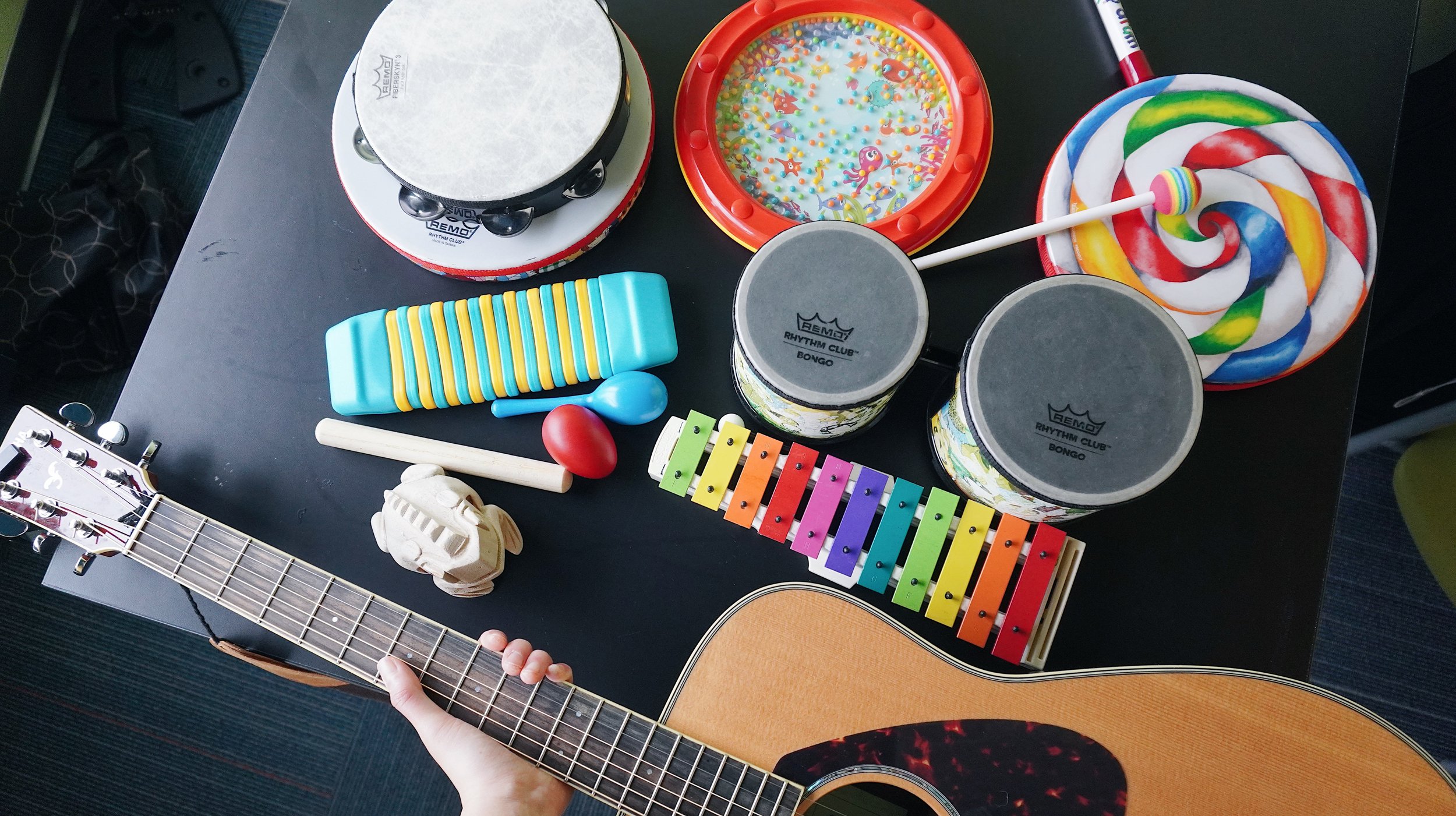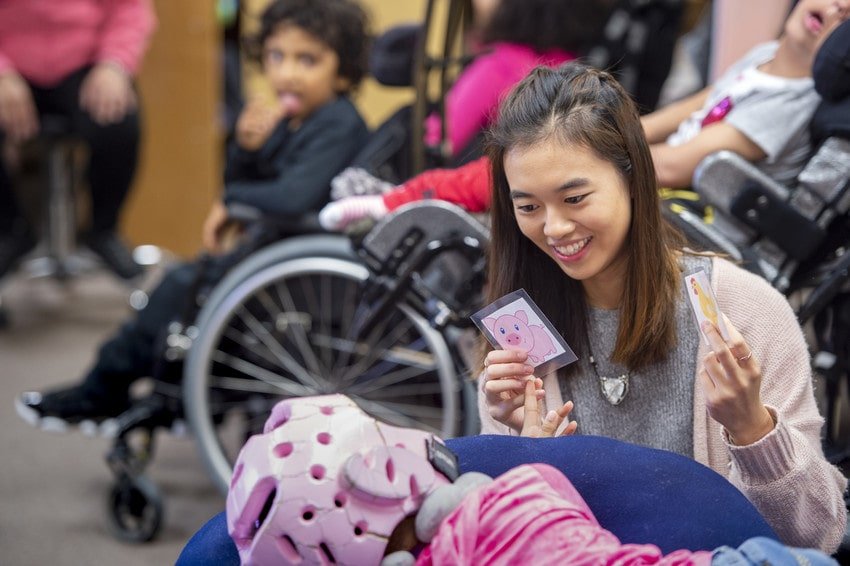
Physical Rehabilitation
Music therapy in physical rehabilitation settings is a therapeutic approach that utilizes music to support the physical recovery and rehabilitation process of individuals who are healing from injuries, surgeries, or medical conditions. This specialized form of therapy integrates music with movement and exercise to help improve motor skills, coordination, strength, and overall physical functioning.
In physical rehabilitation, music therapy focuses on several key aspects:
Motor Skill Development: Music therapy uses rhythm and musical patterns to facilitate and enhance the development of motor skills. This includes movements such as walking, reaching, grasping, and fine motor tasks.
Coordination and Balance: Rhythmic music can help improve coordination and balance, which are essential for maintaining stability and preventing falls.
Range of Motion: Musical activities can encourage individuals to move through a full range of motion in a controlled and enjoyable manner, aiding flexibility and preventing stiffness.
Strength Building: Musical instruments and movements can be adapted to provide resistance and promote muscle strength and endurance.
Gait Training: Incorporating rhythmic patterns in music can help individuals improve their walking patterns and stride consistency.
Motivation and Engagement: Music has the power to motivate and engage individuals in their rehabilitation exercises, making the process more enjoyable and encouraging consistent participation.
Pain Management: Listening to soothing music or engaging in rhythmic activities can help distract from pain and promote relaxation, contributing to pain management.
Neurological Rehabilitation: Music therapy is especially beneficial for individuals with neurological conditions such as stroke, traumatic brain injury, or Parkinson's disease. It can support neuroplasticity and help rewire neural pathways.
Activities
During music therapy sessions in physical rehabilitation settings, the music therapist collaborates with the rehabilitation team to design interventions that align with the individual's specific goals and treatment plan. These interventions may include:
Incorporating music into exercise routines and stretching exercises.
Using rhythm-based movements to encourage weight shifting and balance.
Playing musical instruments to engage fine motor skills.
Guiding patients through rhythmic walking patterns to improve gait.
Tailoring activities to gradually increase the level of challenge and complexity.
Music therapy in physical rehabilitation not only addresses the physical aspects of recovery but also addresses the emotional and psychological well-being of individuals undergoing rehabilitation. By combining music's inherent motivating and rhythmic qualities with evidence-based therapeutic techniques, music therapy enhances the rehabilitation process and contributes to improved functional outcomes and overall quality of life.

